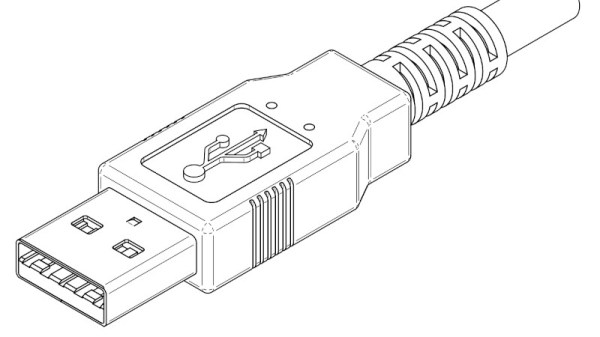We have often wondered if people dreamed in black and white before the advent of photography. While color pictures eventually became the norm, black and white TV was common for many years. After all, a TV set was a big investment, so people didn’t run out and buy the latest TV every year. Even if you did buy a new or used TV, a black and white model was much less expensive and, for many years, some shows were in black and white anyway. RCA, of course, wanted you to buy a color set. [PeriscopeFilm] has a 1963 promotional film from RCA extolling the virtues of a color set. The video also shows something about how the sets were made, as you can see below.
We aren’t sure we’d have led with the idea that color could save your life in this context, but we have to salute the melodrama. There is a good bit of footage of picture tube manufacturing, although the technical detail is — understandably — aimed at the general public.



















